10. Giants of Nevada
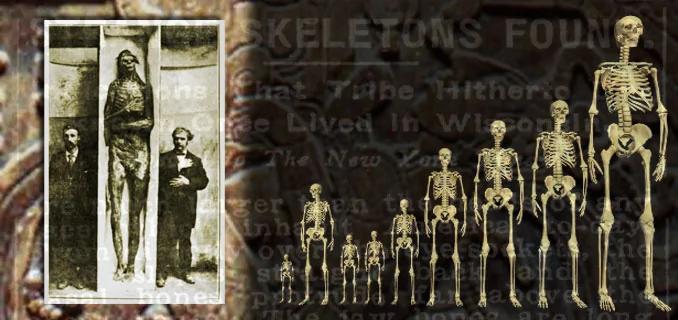 Source: Pinterest
Source: Pinterest
 Source: Flickr
Source: Flickr
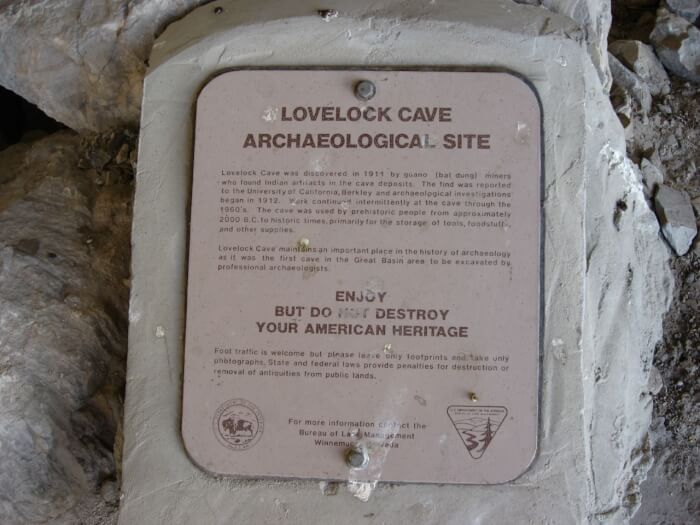 Source: Flickr
Source: Flickr
 Source: Flickr
Source: Flickr
Several artifacts can be viewed in Winnemucca, Nevada at the Humboldt Museum.
9. Coins from Atlantis
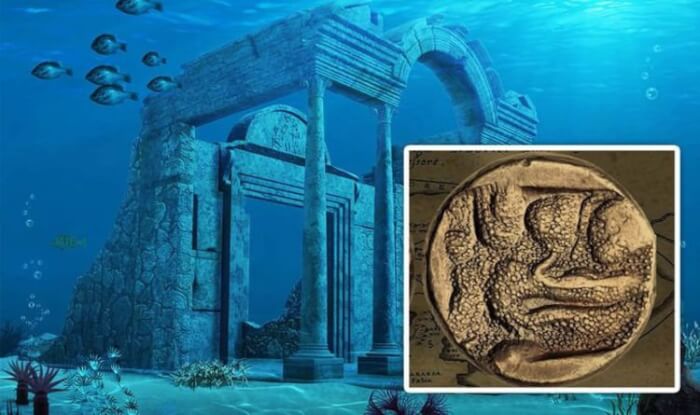 Source: Daily Express
Source: Daily Express
Plato, the famous Athenian philosopher, was the first to describe the island of Atlantis, in which he illustrated Atlantis as an unusual civilization with huge wealth and advanced technologies at the time.
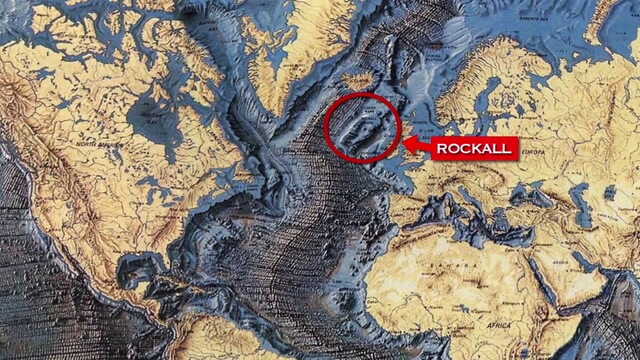 Source: Daily Express
Source: Daily Express
The coin, a 350 BC minted Carthaginian gold one, was discovered by professor Mark McMenamin, who also found out the coin’s enigmatic markings was an ancient world map, containing Mediterranean Basin, Asia and the American continent.
Djonis said that the same kind of world map would also be found in other specimens of the coin, revealing that it was minted around the same time Plato told the story of Atlantis, which can be a great hint in the search for the city.
8. Ancient ghost tracks
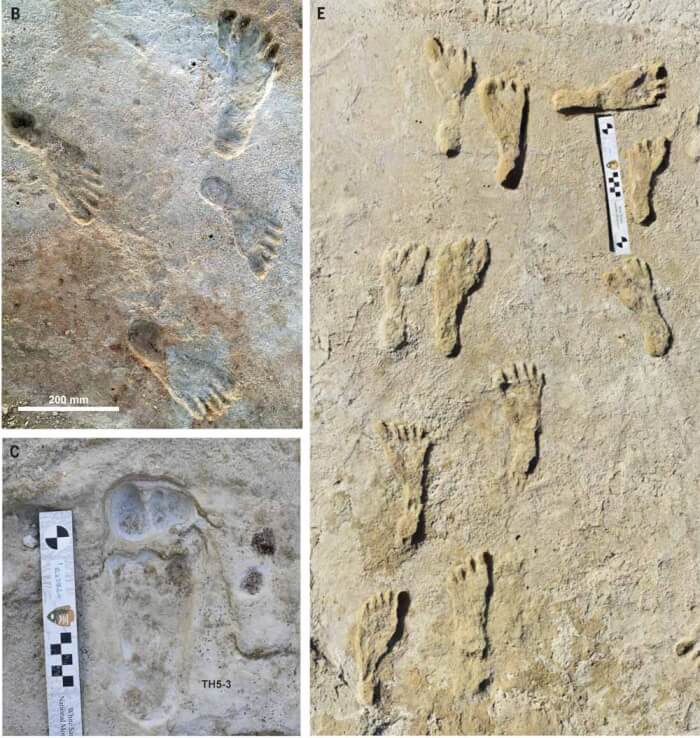 Source: Science
Source: Science
For years, humans were believed to only trek across the continent at the end of the Ice Age, but the discovered footprints could be evidence that they had made their trip earlier, possibly at the beginnings of the Ice Age, when they would be greatly hindered by massive glaciers.
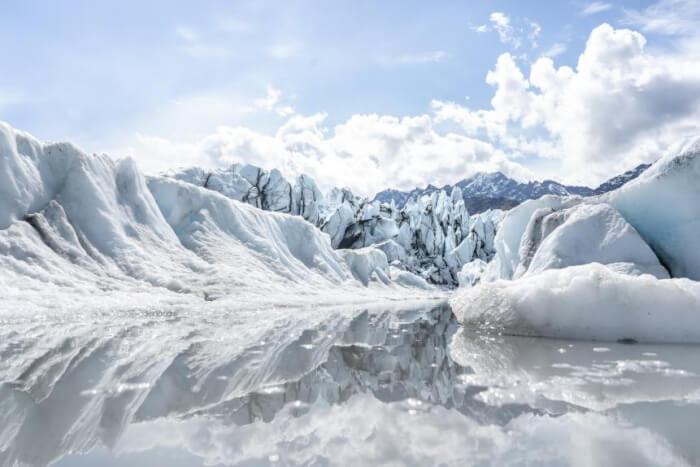 Source: EyeEm
Source: EyeEm
Recently, erosion has resurfaced the prints, and visualizing them as well. Of the resurfaced footprints, the oldest set was 22,800 years old.
Furthermore, mammoth, dire wolf and even camel footprints were found, altogether painting a lively picture of how Ice Age life was 22 millennia ago.
7. Female hunters
 Source: UC Davis IET Academic Technology Services
Source: UC Davis IET Academic Technology Services
The excavated site revealed the remains of an adult buried with a hunting toolkit, which excited the whole excavation team, initially leading them to believe the remains were of a male.
However, a forensic scientist at UC Davis examined the protein in the enamel of the teeth and confirmed the remains were of a woman.
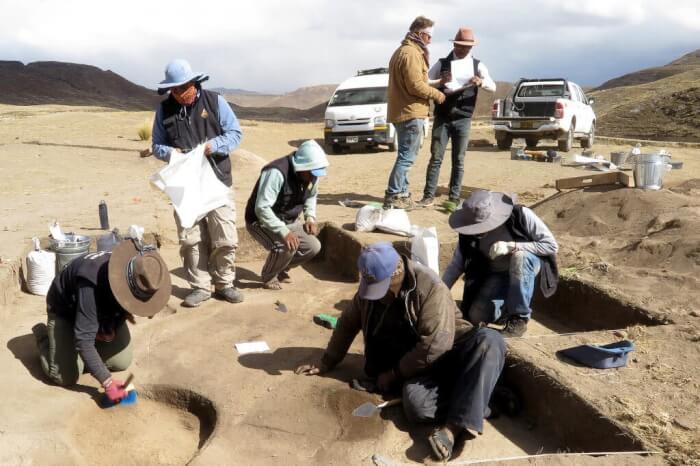 Source: University of California, Davis
Source: University of California, Davis
The researchers examined the previous archaeological records and found that burials with hunting tools were associated with a number of females, specifically 11, compared to 16 for males. This leads to a situation where both men and women took part in hunting equally.
Now, the big question is to p out when, how and why the changes to the division of labour began to emerge, said one of the researchers.
6. Hallucinogenic cave drugs
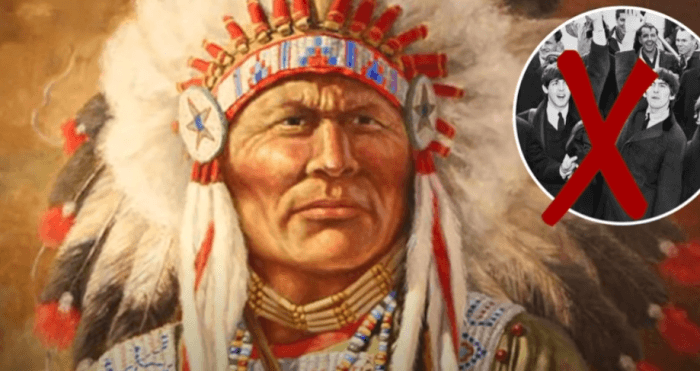 Source: Pinterest
Source: Pinterest
The study indicated the paintings do not illustrate the visual phenomena caused by the Datura; instead, they represent the plant and its pollinator, and there have been no records of any rock art site that has clear evidence of hallucinogen consumption.
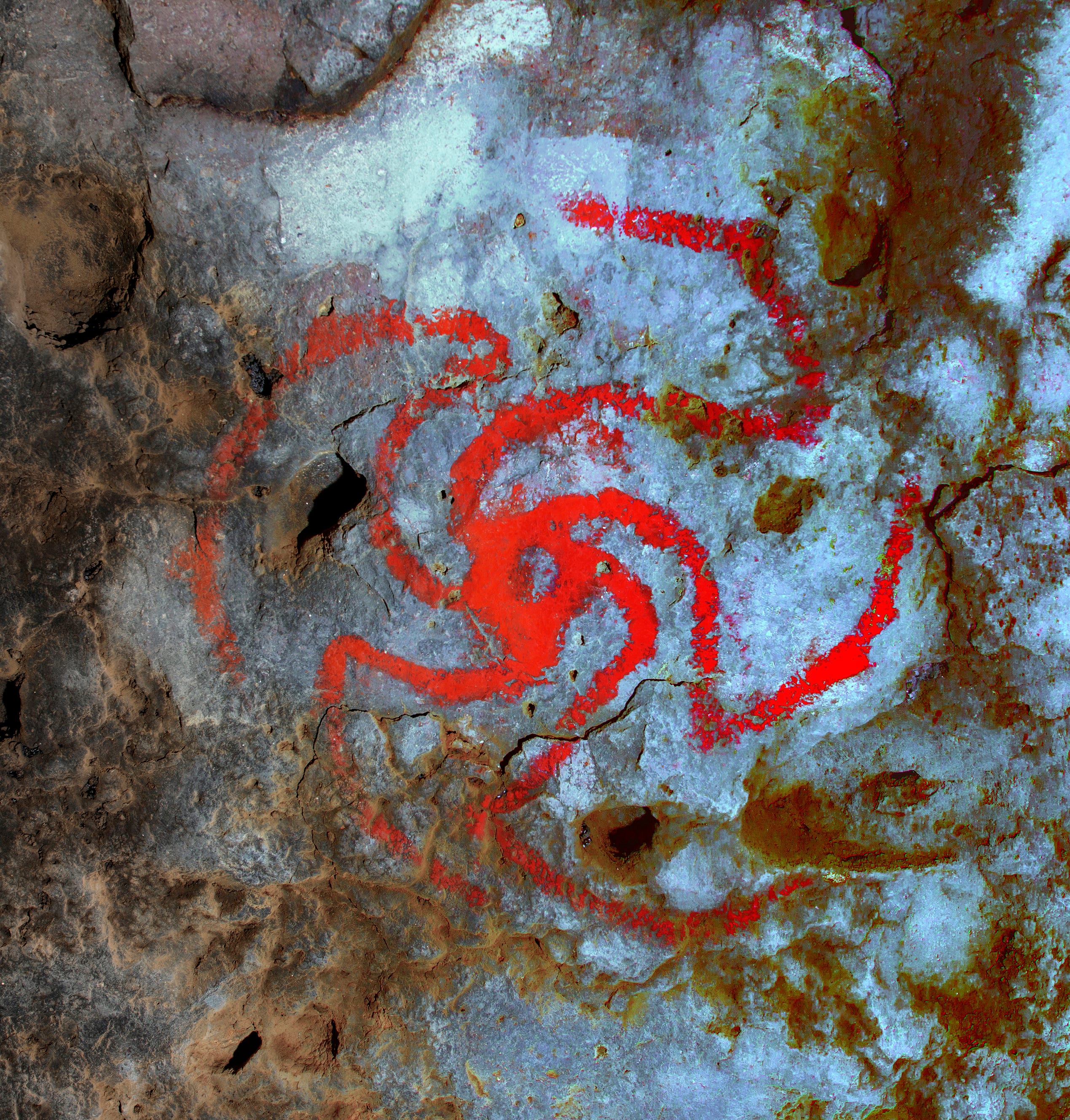 Source: University of Cambridge
Source: University of Cambridge
That means, the drugs weren’t used to inspire painting; instead, the native Californians may have drawn the images just as they were tripping.
Just so you know, the Beatles weren’t lonely – as they weren’t the first to do so.